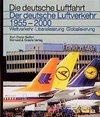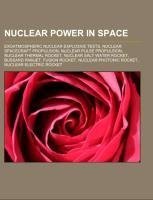
Nuclear power in space
Source: Wikipedia. Pages: 67. Chapters: Exoatmospheric nuclear explosive tests, Nuclear spacecraft propulsion, Nuclear pulse propulsion, Nuclear thermal rocket, Nuclear salt-water rocket, Bussard ramjet, Fusion rocket, Nuclear photonic rocket, Nuclear electric... Viac o knihe
Produkt je dočasne nedostupný
18.13 €
bežná cena: 20.60 €
O knihe
Source: Wikipedia. Pages: 67. Chapters: Exoatmospheric nuclear explosive tests, Nuclear spacecraft propulsion, Nuclear pulse propulsion, Nuclear thermal rocket, Nuclear salt-water rocket, Bussard ramjet, Fusion rocket, Nuclear photonic rocket, Nuclear electric rocket, Antimatter catalyzed nuclear pulse propulsion, Operation Argus, List of artificial radiation belts, Project Orion, Radioisotope thermoelectric generator, Operation Fishbowl, Starfish Prime, Gas core reactor rocket, NERVA, High-altitude nuclear explosion, Thermionic converter, The K Project, Operation Dominic I and II, Atomic battery, Project Rover, Systems for Nuclear Auxiliary Power, SNAP-10A, TOPAZ nuclear reactor, Kosmos 1818, RORSAT, British Rail flying saucer, Kosmos 1867, Fission-fragment rocket, Mini-Mag Orion, Project Prometheus, Kosmos 954, Radioisotope rocket, Hardtack Teak, Romashka reactor, Radioisotope heater unit, Safe Affordable Fission Engine, Space Nuclear Propulsion Office, Project Longshot, Charles Osmond Frederick, Advanced Stirling Radioisotope Generator, GPHS-RTG, Fission sail, Krasnaya Zvezda State Enterprise, RD-0410, Helios, Nuclear lightbulb, Project Timberwind, Project Icarus, General Purpose Heat Source, Kosmos 1402, Multi-Mission Radioisotope Thermoelectric Generator, ICAN-II, AIMStar, SP-100, 11B97. Excerpt: Project Orion was a study of a spacecraft intended to be directly propelled by a series of explosions of atomic bombs behind the craft (Nuclear pulse propulsion). Early versions of this vehicle were proposed to have taken off from the ground with significant associated nuclear fallout; later versions were presented for use only in space. A 1955 Los Alamos Laboratory document states (without offering references) that general proposals were first made by Stanislaw Ulam in 1946, and that preliminary calculations were made by F. Reines and Ulam in a Los Alamos memorandum dated 1947. The actual project, initiated in 1958, was led by Ted Taylor at General Atomics and physicist Freeman Dyson, who at Taylor's request took a year away from the Institute for Advanced Study in Princeton to work on the project. By using energetic nuclear power, the Orion concept offered high thrust and high specific impulse, or propellant efficiency, at the same time. As a qualitative comparison, traditional chemical rockets-such as the Saturn V that took the Apollo program to the Moon-produce high thrust with low specific impulse, whereas electric ion engines produce a small amount of thrust very efficiently. Orion would have offered performance greater than the most advanced conventional or nuclear rocket engines then under consideration. Supporters of Project Orion felt that it had potential for cheap interplanetary travel, but it lost political approval over concerns with fallout from its propulsion. The Partial Test Ban Treaty of 1963 is generally acknowledged to have ended the project. During the late 1940s, Stanislaw Ulam realized that nuclear explosions could not yet be realistically contained in a combustion chamber. Such a project did briefly exist, named Helios, but while its theoretical performance was similar to that of what would become the Orion, the lack of materials that could withstand the propulsion generating process meant that Helios never got beyond the drawing board. Inst
- Vydavateľstvo: Books LLC, Reference Series
- Formát: Paperback
- Jazyk:
- ISBN: 9781156811863

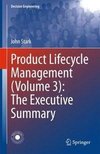
 Anglický jazyk
Anglický jazyk 
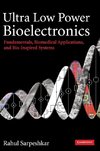




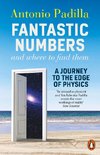

 Nemecký jazyk
Nemecký jazyk 